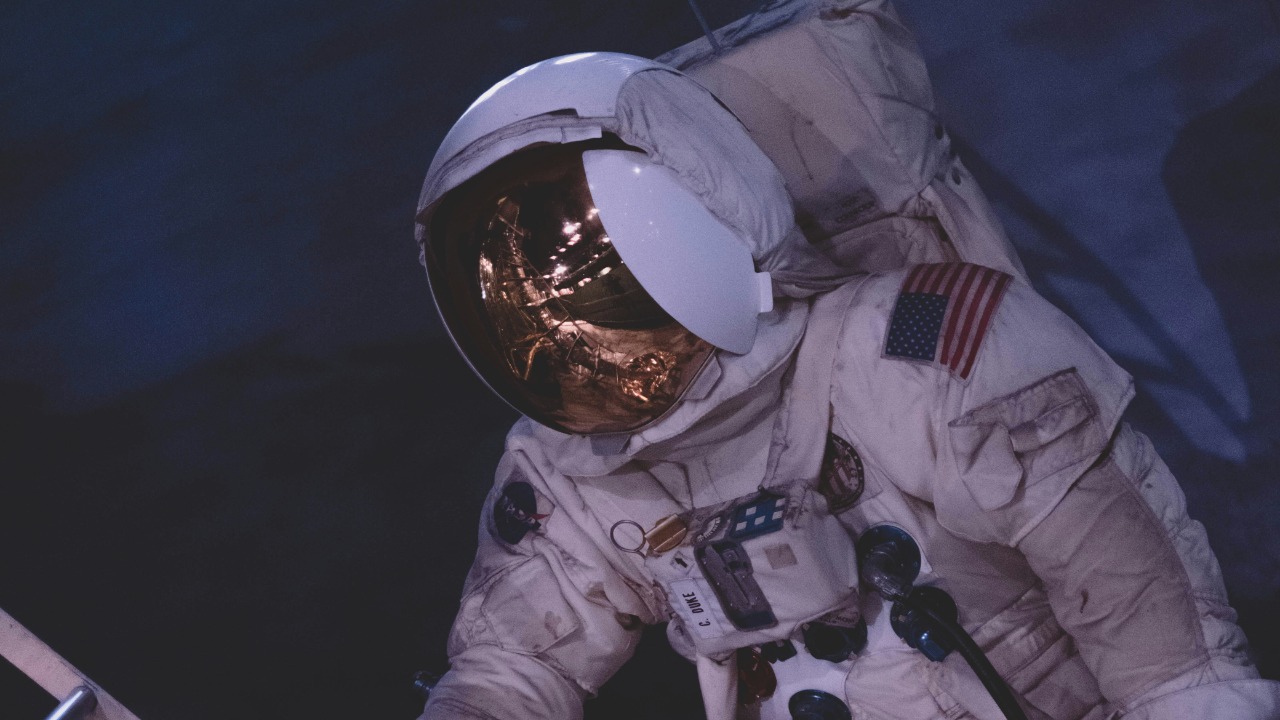
Throughout the history of space exploration, astronauts have faced numerous life-threatening challenges. From unexpected mechanical failures to catastrophic accidents, these incidents have highlighted the dangers of venturing beyond Earth’s atmosphere. Here, I explore seven harrowing moments when astronauts came perilously close to disaster.
Apollo 13: The Oxygen Tank Explosion
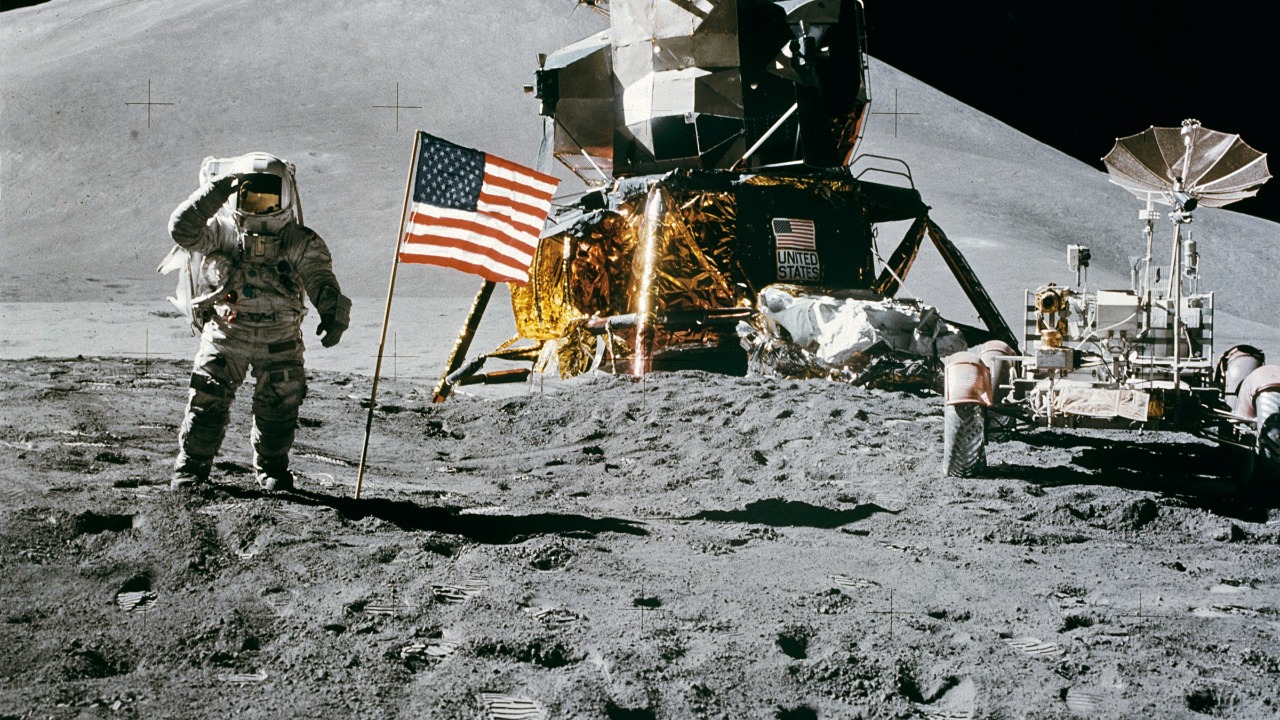
Apollo 13’s mission to the moon nearly ended in disaster when an oxygen tank exploded, crippling the spacecraft. The explosion occurred on April 13, 1970, just two days after launch. With their oxygen supply depleting and power dwindling, the crew was forced to abort the mission. Ingenious problem-solving and teamwork between the astronauts and mission control led to a safe return to Earth, despite the overwhelming odds.
Gemini 8: The Uncontrolled Spin
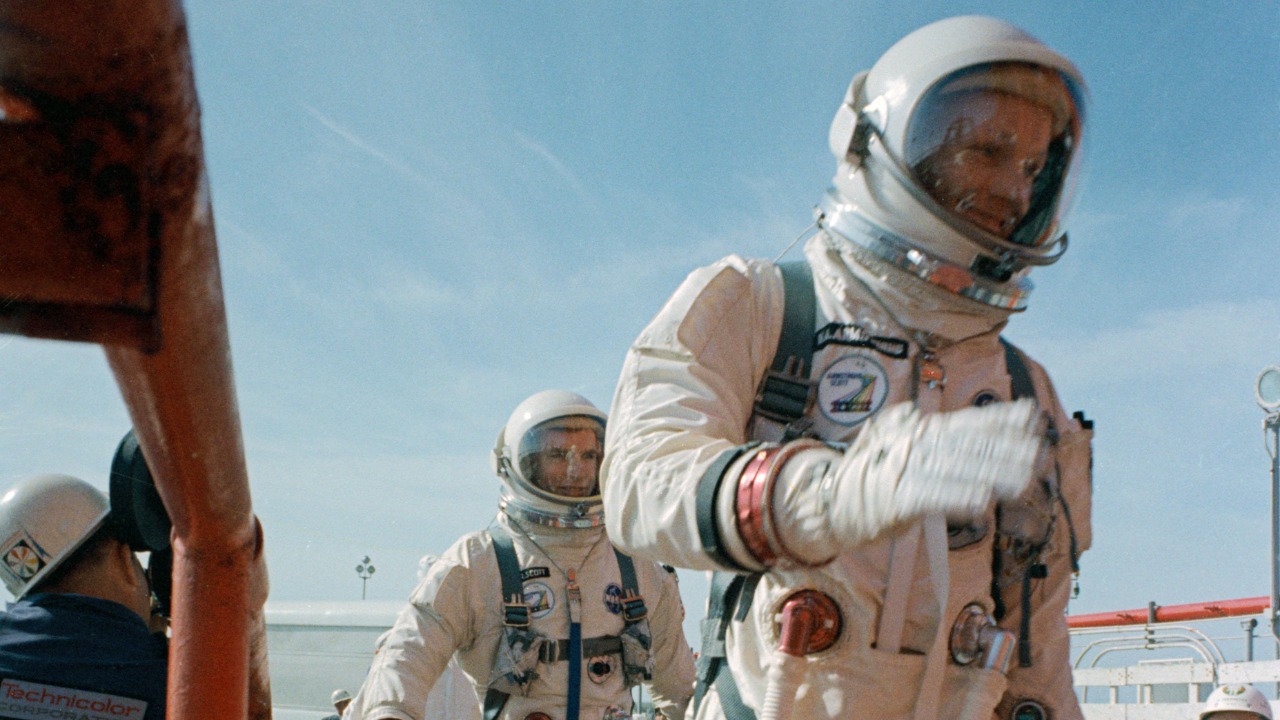
On March 16, 1966, the Gemini 8 mission, piloted by Neil Armstrong and David Scott, encountered a critical malfunction. A stuck thruster caused the spacecraft to spin uncontrollably, threatening the lives of its crew. Quick thinking and calm execution of emergency procedures allowed Armstrong to regain control, but the mission was cut short. The incident underscored the importance of astronaut training and the need for backup systems in space exploration.
Soyuz 11: The Cabin Decompression
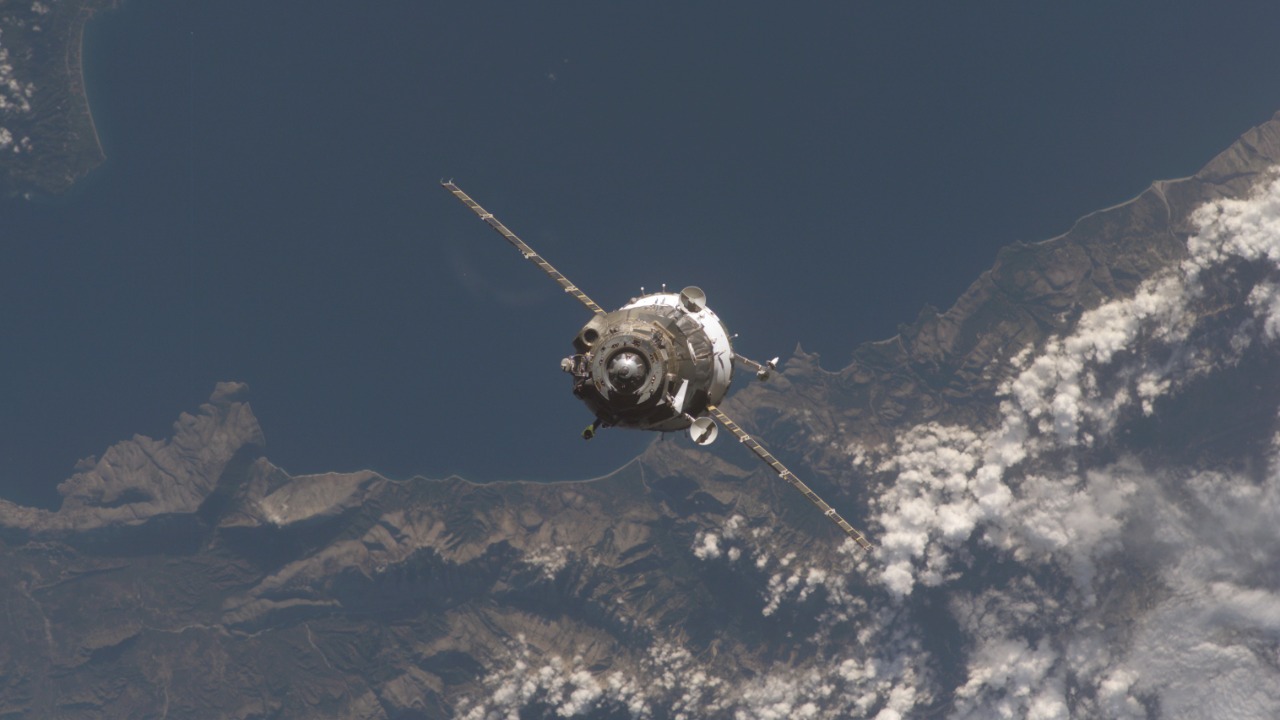
The Soyuz 11 mission ended in tragedy when a cabin decompression killed its three-man crew. After a successful docking with the Salyut 1 space station in 1971, the team was returning to Earth when a vent valve malfunctioned. The cabin lost pressure, and the astronauts suffocated in the vacuum of space. This incident remains one of the most sobering reminders of the dangers of space travel, leading to significant improvements in spacecraft design and safety protocols.
Challenger STS-51-L: The Tragic Launch Disaster
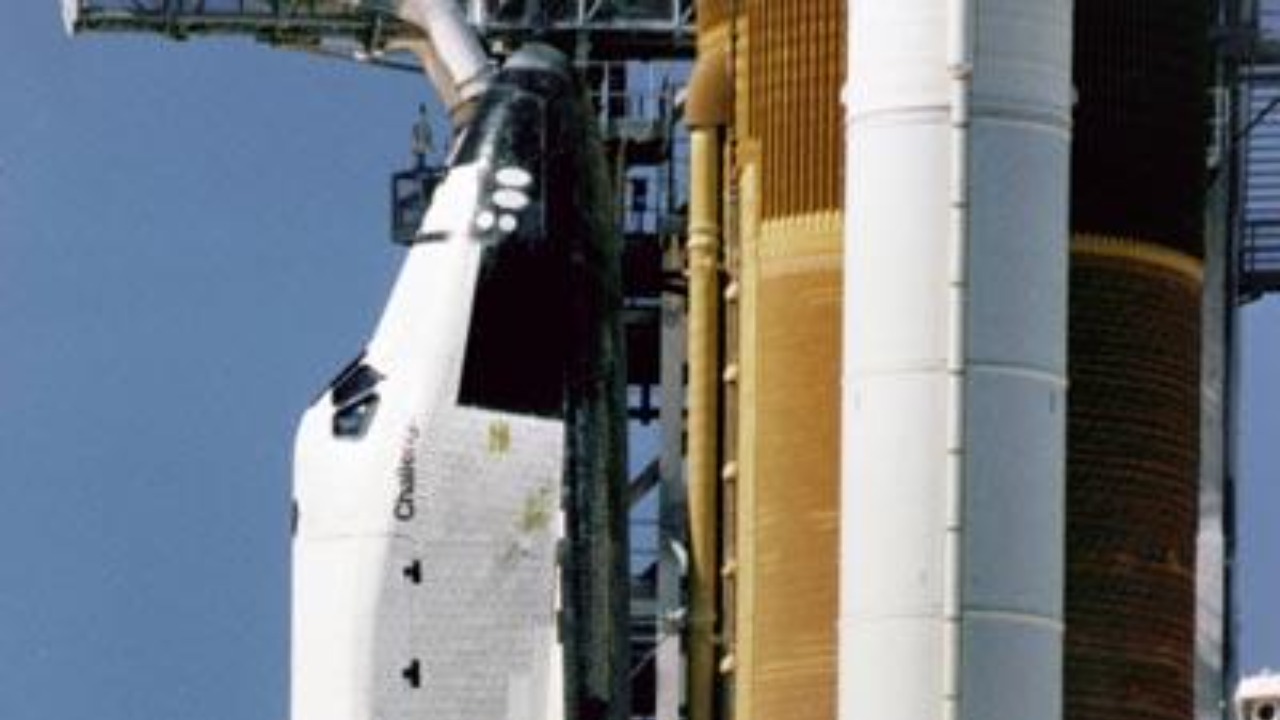
On January 28, 1986, the Space Shuttle Challenger broke apart 73 seconds after launch, resulting in the loss of all seven crew members. An O-ring seal in its right solid rocket booster failed, leading to the explosion. The incident shocked the world and led to a reevaluation of NASA’s safety practices. The Challenger disaster remains one of the most tragic events in space exploration history, highlighting the inherent risks of manned spaceflight.
Apollo 12: The Lightning Strikes

Just 36 seconds after liftoff on November 14, 1969, the Apollo 12 mission was struck by lightning twice, causing a temporary loss of electrical power. Despite the tense moments that followed, the quick actions of the flight controllers on the ground allowed the crew to stabilize the systems. The mission eventually proceeded as planned, but the incident served as a stark reminder of the unpredictable challenges faced during space travel.
Mir Space Station: The Collision with Progress
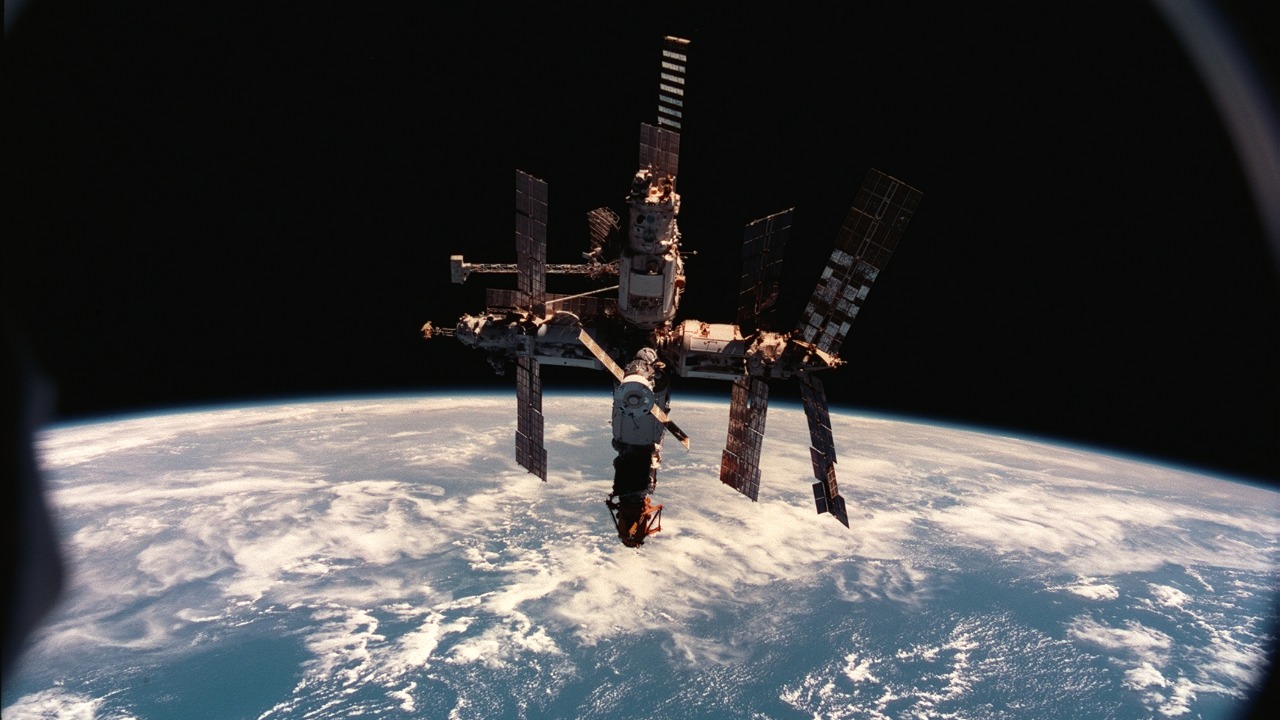
In 1997, the Russian Mir space station experienced a serious collision with an unmanned Progress resupply ship. The impact caused a breach in one of the station’s modules, leading to a dangerous drop in pressure. The crew managed to seal the damaged module and stabilize the station, but the event highlighted the risks of operating in the crowded orbital environment. Learn more about the dangers astronauts face in space.
STS-107 Columbia: The Reentry Disaster

On February 1, 2003, the Space Shuttle Columbia disintegrated upon reentry, killing all seven astronauts on board. A piece of foam insulation had broken off during launch and damaged the shuttle’s thermal protection system. The failure to address this damage led to the catastrophe. The Columbia disaster prompted a thorough investigation and significant changes to NASA’s safety protocols, ensuring that future missions would not face similar risks.